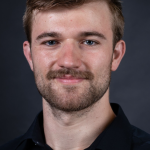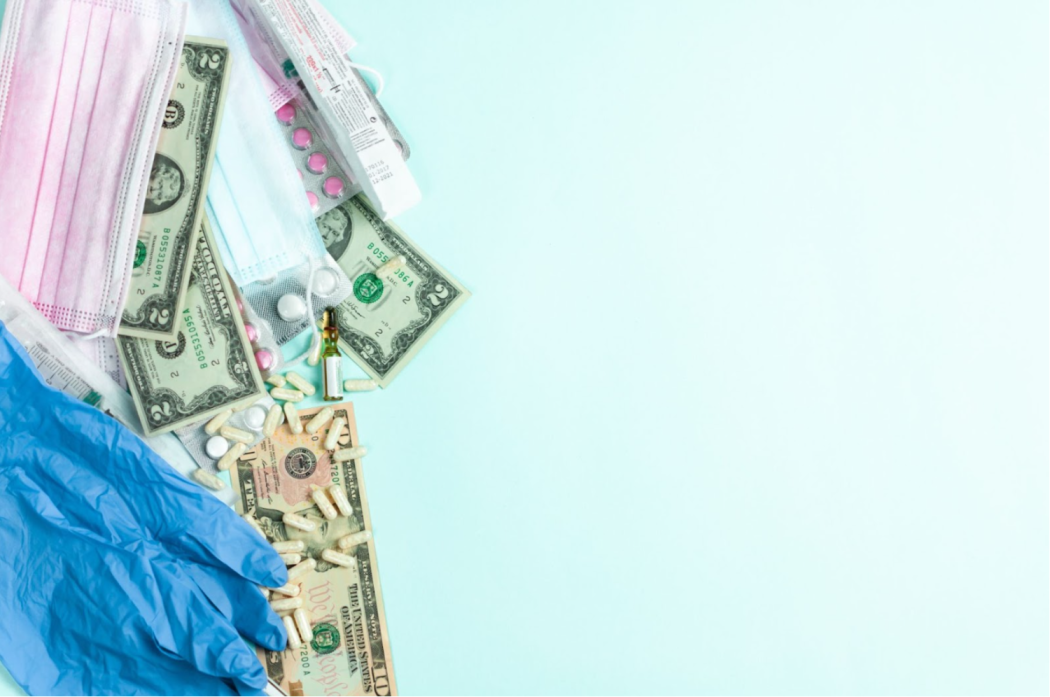One day, before going to my CCE, I called their office to ask if my preceptor was in. It took five minutes of explanation for the person to whom I was speaking to understand I was a medical student calling the office, which is when she mentioned she wasn’t even at the office. It seemed odd as I had specifically called the “doctors’ line”, so I then called the patient line only to be routed to a call center once again. Baffled, I had to beg to be connected to the actual office to finally get through. Regardless of where one stands on what type of healthcare system our country should have, moments like these demonstrate the precipitating nature of American Healthcare. Far too often, we look towards the failing hospitals and inpatient care. We can’t forget to look outwards as well, because a new monster has arrived.
For some background, my CCE clinic recently was purchased by a large healthcare group who is slowly infiltrating outpatient care across the nation. The clinic was told that it would make things more efficient and increase patient care, a beautifully wrapped lie. The clinic now embodies the growing and underdiscussed problems in outpatient care, as nationwide private practices are being bought up and turned into money pumps, which, unsurprisingly, is not optimistic regarding its effect on patients2.
Whether it’s depersonalized call centers, exploiting patients to increase billable treatments, or maximizing the patient per day ratio, outpatient healthcare has become a machine through which patients are fed and cash is outputted, further driving doctors from people-healers to health-dealers: “I can fix you… for a price.”
Let’s start with the problem of call centers, an inherent part of corporatization of any industry. The most obvious issue is that this distances patients. Beyond being rude, it affects the patient’s healthcare by making them less likely to engage with the system. By perceiving they aren’t cared for, they are less likely to go in at all, undermining prophylactic care and encouraging them to wait until their condition worsens. Call centers also damage the patient-physician relationship. Any poor experience surrounding the office will be reflected onto the practitioner, regardless of the actual encounter. This means that even if patients are showing up to their appointments, they are less likely to do what the doctor asks, trust them, or refer others. A double-whammy, as not only is trust key in treating cautious patients, but word of mouth helps good doctors spread their practice. Lastly, call centers create a barrier to healthcare. From phone quality to call center background noise to the ineptitude of the personnel, I struggled to contact the office. Now imagine being 65, hearing impaired, and without our healthcare knowledge. This type of patient has little chance of getting taken care of timely or well. And this is the demographic who needs it most.
But it’s not just the call centers, as they’re only part of the money grabbing process, and certainly not the worst. The second issue is the exploitation of our patients. For example, my CCE’s new EMR alerts me every time a patient could be diagnosed or medically treated with something billable. Ignore overdiagnosis or overprescription, forget about side-effects of drugs that can be worse than the condition — all big companies want is more billables to bump the bottom line. Disappointing yet unsurprising, those who have been paying attention to this growing giant have also seen this vulgar behavior.3,4 Such blatant pimping of a vulnerable population manipulating both their sick status, as well as their reliance on physician advice.
Last and possibly worst, patient facetime has dropped off. Companies love to use the guise of it being because there is a doctor shortage, but the reality of shorter appointments is that it allows for more total money accrued per day. That caring relationship so necessary for a good diagnosis and patient trust? Gone. At our clinic we keep 15-minute appointments. Enough time for half an interview, a quick flash of light in their eyes, maybe listen to a heartbeat, and diagnose them with a good billable. At least a call center allows for possible treatment, and overprescribing can solve some problems. But what happens when your appointments are so short that you barely have time to introduce yourself? No relationship. Missed problems. Misdiagnosis. Collateral damage is abundant, but those patients will have no option but to return for treatment, so they’ll pay anyway. We are not alone either, as Braun et al. found a substantial increase (anywhere from 4.7% – 17%) in patients seen in dermatology private equity practices despite there being no increase in procedural volume1. This is not healthcare, or even sickcare: it is sick-maintenance, because that’s what keeps them coming back. To make matters worse, our patients know what’s going on, but tell me that everyone is being bought out and nobody else treats them differently. Companies have strong-armed this vulnerable population into accepting inferior treatment.
The final question then is, with these drawbacks, why are clinics like my CCE selling out? Do the practitioners not care? They do care, but they also are being put in an impossible situation, as their small private practice is thrown into the sea with the sharks circling. The first practices to sell didn’t have an ethical dilemma, but the remaining ones left must decide between financially competing against these growing giants, or selling and hoping that their new private equity overlord is somehow better than others. And who can blame them for taking lump-sums of cash? The financial instability of the pandemic left many in a precarious situation, while the pressures that lead to the practice of poor medicine are only now coming to light5. Perhaps some were simply unwise, but it’s too late to focus on that, we are now in damage control.
Detached and cold, modern healthcare has become a machine for wealth that doesn’t care about its patients’ feelings as it prioritizes net worth over human worth via distancing, exploitation, and rushing. What a horrible picture to look at, especially since we join medicine to help others. But this is exactly why we should look at that ugly picture. We have a war on two fronts, both in- and outpatient, and we can’t afford to only look at one, or assume the other to be better because there aren’t ridiculous stories of a $10,000 ER visit. This is the rise of the Clinic Cartel, and if we don’t pay attention, it’ll be too late.
References
1. Braun RT, Bond AM, Qian Y, Zhang M, Casalino LP. Private Equity In Dermatology: Effect On Price, Utilization, And Spending. Health Aff (Millwood). 2021 May;40(5):727-735. doi: 10.1377/hlthaff.2020.02062. PMID: 33939519.
2. Borsa A, Bejarano G, Ellen M, Bruch J D. Evaluating trends in private equity ownership and impacts on health outcomes, costs, and quality: systematic review BMJ 2023; 382 :e075244 doi:10.1136/bmj-2023-075244
3. Konda S, Francis J, Motaparthi K, Grant-Kels JM; Group for Research of Corporatization and Private Equity in Dermatology. Future considerations for clinical dermatology in the setting of 21st century American policy reform: Corporatization and the rise of private equity in dermatology. J Am Acad Dermatol. 2019 Jul;81(1):287-296.e8. doi: 10.1016/j.jaad.2018.09.052. Epub 2018 Oct 5. PMID: 30296541.
4. Matthews S, Roxas R. Private equity and its effect on patients: a window into the future. Int J Health Econ Manag. 2023 Dec;23(4):673-684. doi: 10.1007/s10754-022-09331-y. Epub 2022 May 23. PMID: 35604628; PMCID: PMC9125965.
5. Zhu, Jane M, and Daniel Polsky. “Private Equity and Physician Medical Practices — Navigating a Changing Ecosystem.” The New England Journal of Medicine 384.11 (2021): 981-83. Web.

Travis Seideman
Travis Seideman is a member of the Class of 2026 at UACOM-P. He attended Northern Arizona University where he studied Exercise Science and Psychology. Unsurprisingly, he enjoys exercise and sports. He plans on pursuing stroke neurology or rural IM.

